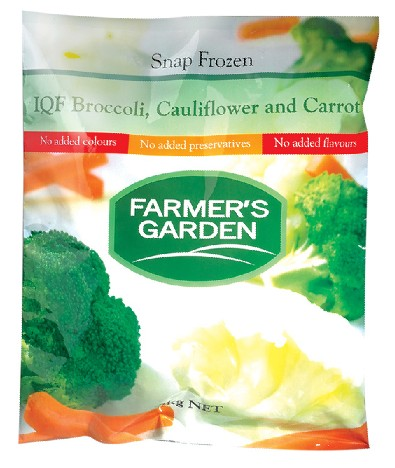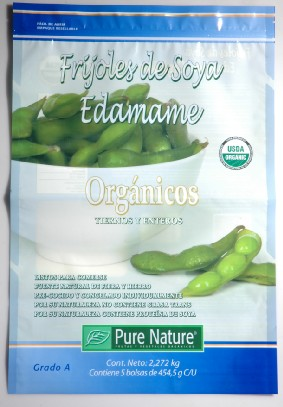With the arrival of summer, the hot weather has made people pay more attention to the freshness and safety of food. In this season, frozen food has become the preferred choice for many families and consumers. However, a key factor in maintaining the quality and taste of frozen food is high-quality frozen food packaging. Frozen food packaging not only needs to have waterproof and moisture-proof characteristics, but also must meet the requirements of food safety and preservation. Next, we will explore the basic standards for packaging frozen food and how to choose appropriate packaging materials and processes to ensure the freshness and safety of food.
The packaging of frozen food needs to meet the following standards:
1. Sealing: The packaging of frozen food must have good sealing to prevent cold air from entering the interior of the packaging, and also to prevent the evaporation of moisture in the food or the infiltration of external moisture.
2. Anti freezing and cracking: Packaging materials should have sufficient resistance to freezing and cracking, be able to withstand freezing expansion at low temperatures, and maintain the integrity of the packaging.
3. Low temperature resistance: Packaging materials should have good low temperature resistance and be able to withstand deformation and deterioration in a frozen environment, while maintaining the stability of the packaging.
4. Transparency: The packaging of frozen food usually requires good transparency to facilitate consumers’ observation of the appearance and quality of the food.
5. Food safety: Packaging materials must comply with food safety standards, not release harmful substances, and not have adverse effects on the quality and taste of food.
Commonly used materials for frozen food packaging:
1. Polyethylene (PE): Polyethylene is a commonly used plastic material with good low temperature resistance and moisture resistance, suitable for making packaging materials such as frozen food bags and films.
2. Polypropylene (PP): Polypropylene is another common plastic material with good low temperature resistance and chemical resistance, which is suitable for making packaging materials such as frozen Food contact materials and sealed bags.
3. Polyvinyl chloride (PVC): PVC is a soft and easy to process plastic material with good low temperature resistance and moisture resistance, suitable for making packaging boxes, films, etc. for frozen food.
4. Polyester (PET): polyester is a plastic material with excellent physical properties and low temperature resistance, suitable for making frozen Food contact materials, bottles and other packaging materials.
5. Aluminum foil: Aluminum foil has excellent moisture-proof and thermal insulation properties, and is commonly used to make packaging bags, boxes, etc. for frozen food.
When selecting packaging materials for frozen food, it is necessary to comprehensively consider factors such as specific food characteristics, storage temperature requirements, and laws and regulations, and ensure that the selected materials meet food safety standards.
Post time: Sep-06-2023


